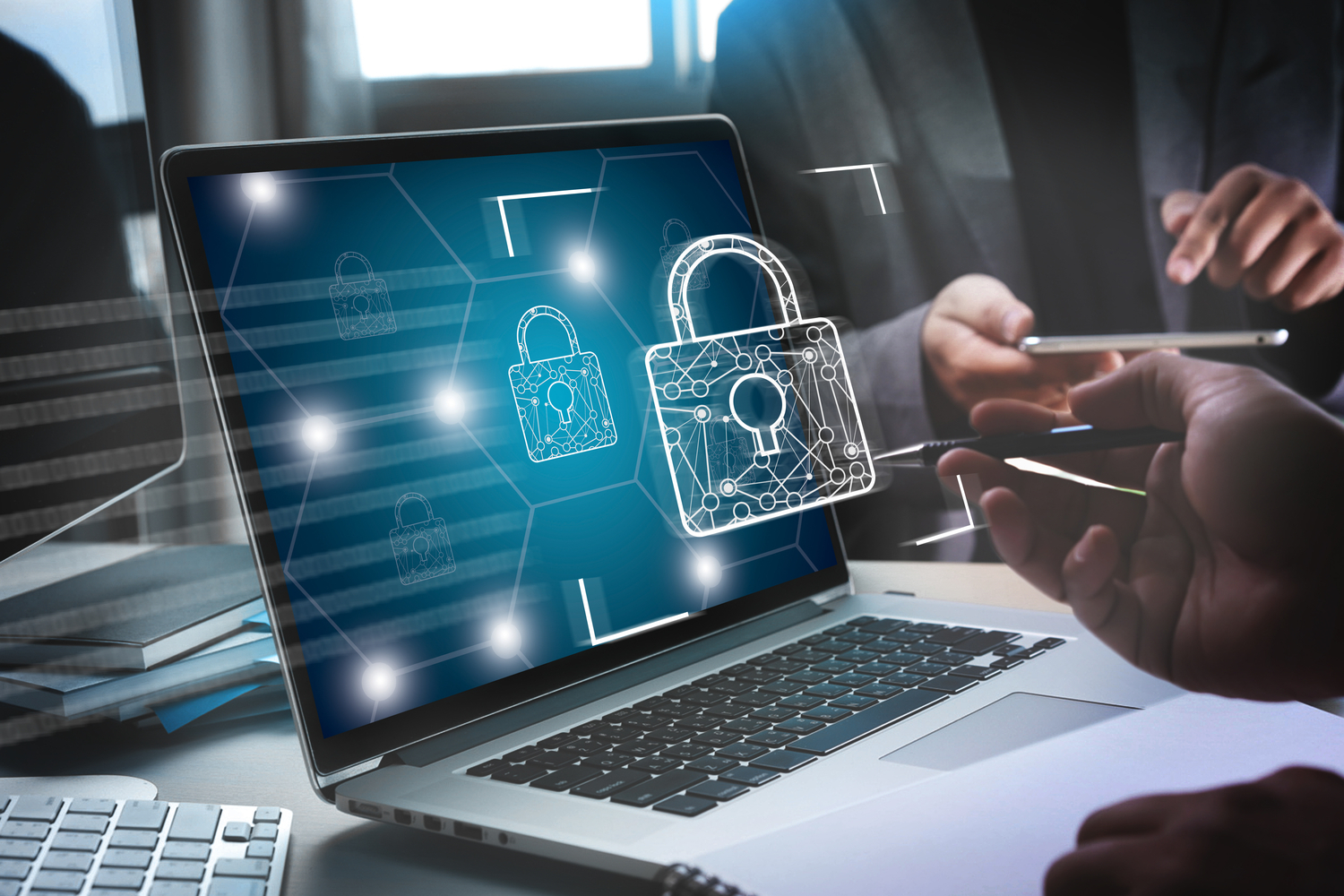
5 Cybersecurity Do’s and Don’ts To Keep Personal and Business Data Safe
In today’s digital age, cybersecurity is more critical than ever to keep your personal and business data safe from cybercriminals. It’s essential to be aware of the best practices and mistakes to avoid when it comes to securing your devices and networks. This listicle will provide you with five essential cybersecurity do’s and don’ts that you need to know to protect yourself against cyber threats as well as discuss some of the top cyber security companies:
Top Cybersecurity Companies
Gartner Endpoint Protection Magic Quadrant, SentinelOne Endpoint Protection platform, and CrowdStrike cybersecurity are some of the top cyber security companies to consider. Gartner’s Endpoint Protection Magic Quadrant report features some of the best companies in the business, while SentinelOne’s next-generation endpoint protection platform uses AI and machine learning to detect and respond to threats in real-time. CrowdStrike’s cloud-based Falcon platform offers endpoint protection solutions and has won numerous awards for its effectiveness. These companies provide innovative and effective solutions to keep personal and business data safe from cyber threats.
1. Use strong, unique passwords and two-factor authentication
Using strong passwords that include a combination of upper and lowercase letters, numbers, and symbols can significantly reduce the risk of a data breach. Additionally, two-factor authentication adds an extra layer of security by requiring a secondary form of verification, such as a code sent to your phone, before granting access to an account. Avoid reusing passwords across multiple accounts or sharing them with others, as this can compromise the security of all your accounts.
2. Keep your software and security systems up to date
Keeping your software and security systems up to date is crucial for protecting your personal and business data from cyber threats. Software updates often include important security patches and fixes that address vulnerabilities and protect against new threats. Ignoring software updates or security alerts can leave your systems and data vulnerable to cyberattacks.
3. Use encryption to protect sensitive data
Encryption is the process of converting data into a code that can only be read with a decryption key. This can help protect sensitive data, such as financial information or confidential business data, from unauthorized access. Avoid storing sensitive data in unencrypted files or sending it over unsecured networks, as this can put your data at risk.
4. Backup your data regularly
Regular data backups can help protect your personal and business data from data loss due to cyberattacks, system failures, or other disasters. Be sure to backup your data frequently and store it in a secure location. Don’t neglect data backups or store backups in the same location as the original data, as this can make them vulnerable to the same threats.
5. Train employees on cybersecurity best practices
Employees are often the weakest link in cybersecurity, as they may inadvertently click on malicious links or fall victim to phishing scams. Providing regular training and awareness programs can help keep employees up to date on the latest cyber threats and best practices for avoiding them. Don’t assume that employees know how to identify and avoid common cyber threats. By training them on cybersecurity best practices, you can reduce the risk of a data breach and keep your personal and business data safe.


